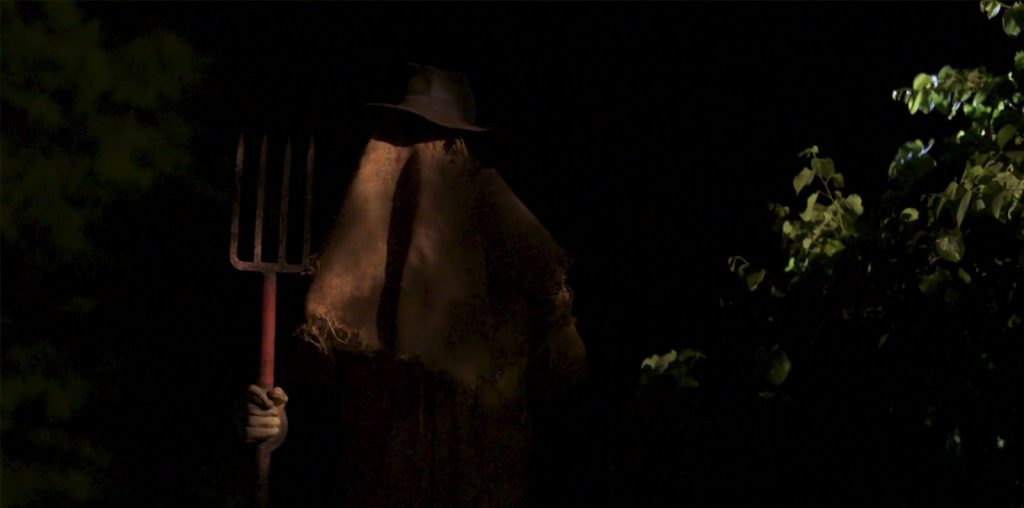
“Times and Winds” takes us to rural Turkey, where modernity has barely reached a farming society. Any film detailing such a place presents a paradox, since technology running at 24 frames per second is, for these people, a thing yet to come. Thus, filmmakers – in the western tradition, at least – opt for the craggy visuals of handheld cameras to bring verity to such a setting. The filmmaking in “Times and Winds,” however, remains smooth and hallucinatory, creating a visual style that, to us, collides with the subject matter.
The film’s most salient image is its final one, when a Turkish adolescent looks across the horizon from a peak near his mountain village. It appears to be the brightest morning he has seen in some time, and the skyline appears in a slow point-of-view pan, leftward. Here, writer-director Reha Erdem illustrates a landscape too vivid for a canvas, but with a richness usually seen only in non-photographic images. When this boy, Omer (Ozkan Ozen), has taken in the horizon, and the image fades to finish the film, we breath in the whole wide world beyond his reach that he can only guess is there.
The tallest building in his village, next to the towering holy minaret, is a schoolhouse, slightly taller than the average hovel. While tragedy eventually strikes, the films focuses on Omer, another boy named Yakup (Ali Bey Kayali), and a girl named Yildiz (Elit Iscan) encountering the trials of youth common to the human experience: they hate overbearing parents, crush on their teacher, and ponder their budding sexualities. Adolescence has been depicted in so many dramas – and is now even reflected back in Nanette Burnstein’s new teen-drama-turned-documentary “American Teen” –
that it’s easy to forget it existed before a moving camera documented it. In “Times and Winds,” youth is youth, while in America, the media has had a hand in fabricating it.
These kids suffer the reality of a strict religious world in which boys are born to push a plow and girls to support them and birth the next generation. Yet in this episodic tone poem, the youth don’t serve as actual characters, but as a spiritual embodiment emblematic to countless children like themselves. When one of these children runs through the village, a steadicam hovers behind, like the boy or girl’s own pining spirit, or a ghost ready to catch up to him or her. Such lucidity is a universe away from American realism on film.
To those of us saturated in modernity, everything in “Times and Winds” can’t be real, as it glides by like a dream. Or perhaps, the dreamlike tone reminds us that we’ll never know such hardship. To taste it here calls for an absolute escape from our reality.
